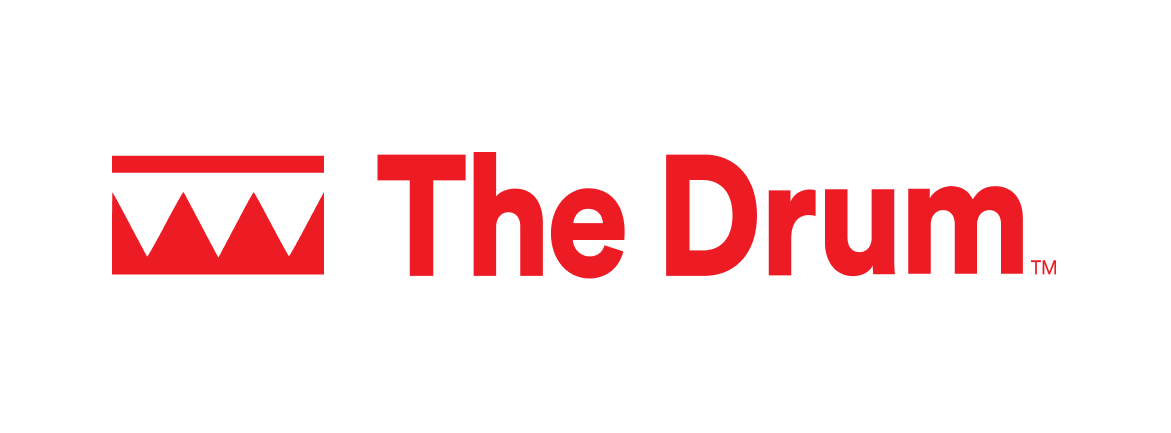The Rise and Fall in Retail eCommerce: Analysing June 2025
Discover why Electrical thrived and Gifts struggled in June 2025. Analysing the rise and fall of top and lowest performing industries in retail.

Introduction:
Top-Selling Industry in June 2025: Electrical
Sales Performance Overview
The Electrical sector led the charge in June 2025, boasting an impressive 13.40% increase in sales. This result indicates a significant shift in consumer behaviour, with electronics and home appliances dominating the market. But what caused this uptick?
Why Electrical Performed Well in June 2025
1. Seasonal Demand and Summer Trends Summer is typically a time for home improvement projects, and electrical products like air conditioners, fans, and power tools see a surge in demand. Additionally, outdoor activities that require electrical products, such as barbeque grills and portable speakers, further boost sales. As the weather warms, consumers prioritise comfort and convenience in their homes, making electrical products a necessity.
2. Technological Advancements in Consumer Electronics The continuous introduction of innovative technologies is another reason the Electrical sector performed well. From energy-efficient appliances to smart home devices, there’s an increasing consumer appetite for tech upgrades. Gadgets like smart thermostats, advanced refrigerators, and home automation systems have become more accessible and affordable, drawing a broad customer base.
3. Consumer Confidence in Electrical Products
Unlike some other categories, electrical products often carry a long-term value proposition. Consumers are more willing to invest in durable, high-tech items like refrigerators, washing machines, and entertainment systems. Given the ongoing focus on enhancing home environments, many consumers continue to upgrade their appliances. Additionally, the rise in remote work encourages people to improve their home office set-up’s, leading to more sales of electronics.
4. Sales Promotions and Discounts Retailers typically offer substantial discounts during summer sales, and the Electrical sector benefits significantly from these events. Deals on popular items like kitchen appliances, personal gadgets, and entertainment systems encourage consumers to make significant purchases, especially when they feel they’re getting value for their money.
For retailers looking to optimise their product feeds and enhance sales performance, platforms like ShoppingIQ provide seamless feed management solutions to ensure real-time updates and maximum visibility across multiple retail channels.
maximum visibility across multiple retail channels.
Lowest-Selling Industry in June 2025: Gifts
Sales Performance Overview
The Gifts industry saw a 27.50% decrease in sales during June 2025. This steep decline highlights a shift in consumer priorities, but why did this happen? Let’s examine the underlying factors.
Why Gifts Underperformed in June 2025
1. Post-Holiday Slump
One of the main reasons for the decline in the Gifts sector is the seasonal effect. Major gifting holidays, such as Mother’s Day and Father’s Day, typically push up demand for certain gift categories, but once those holidays are over, consumer interest wanes. As the summer months roll in, gifts are no longer a top priority for most shoppers. This post-holiday slump leaves retailers with excess inventory, leading to weaker sales in June.
2. Economic Caution and Consumer Spending Shifts
While consumer confidence remains somewhat stable, many are becoming more cautious with discretionary spending. Inflation and rising costs of living are pushing many people to prioritise essential goods and services over non-essential items like gifts. Consequently, people may choose to spend their money on experiences or tangible products that offer long-term value, rather than gifts that might seem superfluous.
3. Changing Gifting Trends
Over the past few years, there’s been a shift away from physical gifts toward experiential offerings. Consumers are increasingly favouring experiences such as travel, dining, or activities like concerts and spa days, which may be seen as more meaningful. Additionally, the rise of digital gift cards and subscriptions has also led to a decline in traditional gift sales, such as physical merchandise like jewellery or apparel.
4. Market Saturation and Competition
The gifts market, particularly for items like jewellery, personalised gifts, and novelty products, has become highly saturated. Consumers now have a wide range of options to choose from, which may lead to decision fatigue. Without unique offerings or compelling reasons to buy, many shoppers may simply avoid purchasing gifts altogether. This oversaturation reduces excitement and impulse buying.
5. Changes in Consumer Preferences
As social norms evolve, consumers are shifting away from material gifts toward more sustainable and meaningful alternatives. For example, people may prefer charitable donations, handmade items, or eco-friendly products over mass-produced gifts. This change in consumer preferences has hit the traditional gift market hard, further explaining the industry’s poor performance in June
Conclusion: Lessons for Retailers
The contrasting performance of the Electrical and Gifts industries in June 2025 offers valuable lessons for businesses. Retailers should be aware of seasonal trends, economic shifts, and evolving consumer preferences to effectively manage inventory and marketing strategies. The Electrical industry saw a surge in demand due to factors such as seasonal trends, technological advancements, and consumer confidence, while the Gifts sector struggled due to the post-holiday slump, economic caution, and shifting consumer behaviour.
For businesses, real-time data analysis is crucial to staying ahead of these trends. Platforms like ours help track sales performance across multiple sectors, allowing retailers to adjust their strategies quickly and optimise their product feeds for the best possible outcomes.
FAQs
What is the Sales Performance Index and how is it calculated?
The Sales Performance Index (SPI) measures the percentage change in sales over a specific period. A positive SPI indicates an increase in sales, while a negative SPI shows a decline. This index is essential for tracking performance and adjusting business strategies accordingly.
How can retailers respond to seasonal sales fluctuations?
Retailers can use real-time data to predict seasonal shifts and adjust their inventory accordingly. Offering targeted promotions, bundling products, or shifting marketing efforts can help maintain sales during off-peak months.
What factors contribute to a poor sales performance in the Gifts industry?
Several factors, such as post-holiday slumps, changing consumer preferences (toward experiences rather than material goods), and economic uncertainty, can all contribute to poor performance in the Gifts sector. Retailers must be aware of these factors and adjust their strategies to stay competitive.















No comments yet.